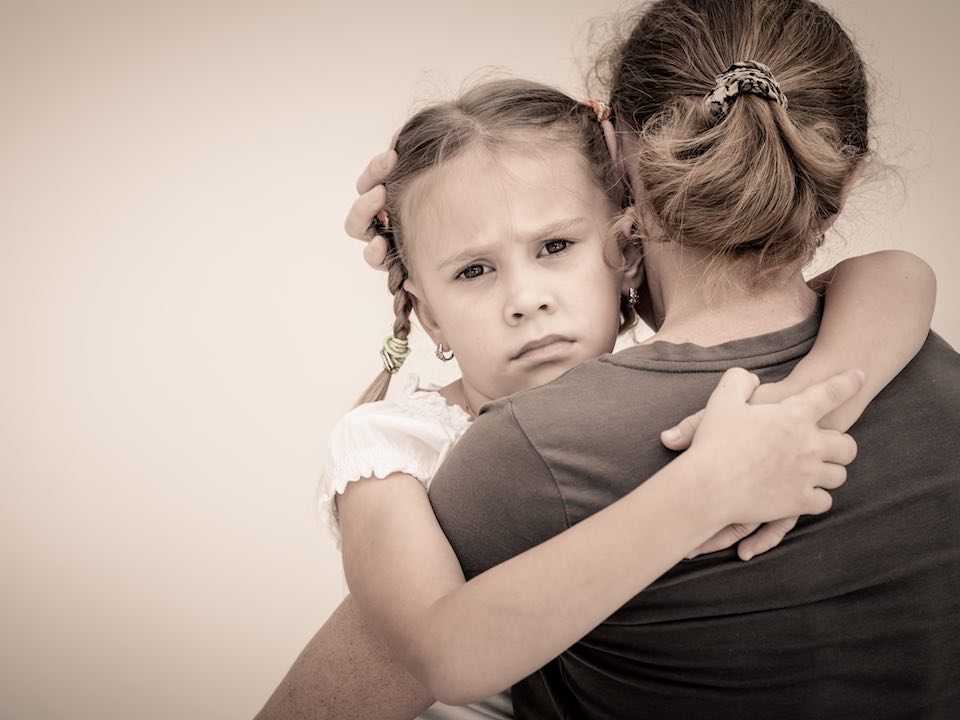Introduction
Anxiety is a general term for several disorders that cause nervousness, fear, apprehension, and worrying. These disorders affect how we feel and behave, and they can manifest real physical symptoms. Mild anxiety is vague and unsettling, while severe anxiety can be extremely debilitating, having a serious impact on daily life.
Anxiety in children is a normal part of childhood development – approximately 8-22% of children experience anxiety more intensely and more often than other children, stopping them from getting the most out of life. Helping children deal positively with anxiety requires an understanding of firstly what is a normal anxiety response and what is an actual anxiety disorder. If a child has an anxiety disorder they need to be refereed to professional support. There are many parenting strategies to support a child who may be going through the normal range of anxiety responses.
In this fact sheet we define the difference between an anxiety disorder (clinical anxiety) and a normal anxiety response. We then unpack the variety of factors that can impact on a child’s anxiety response. The fact sheet finishes with some parenting strategies that may help all children deal with challenges in life in a positive and resilient way.


